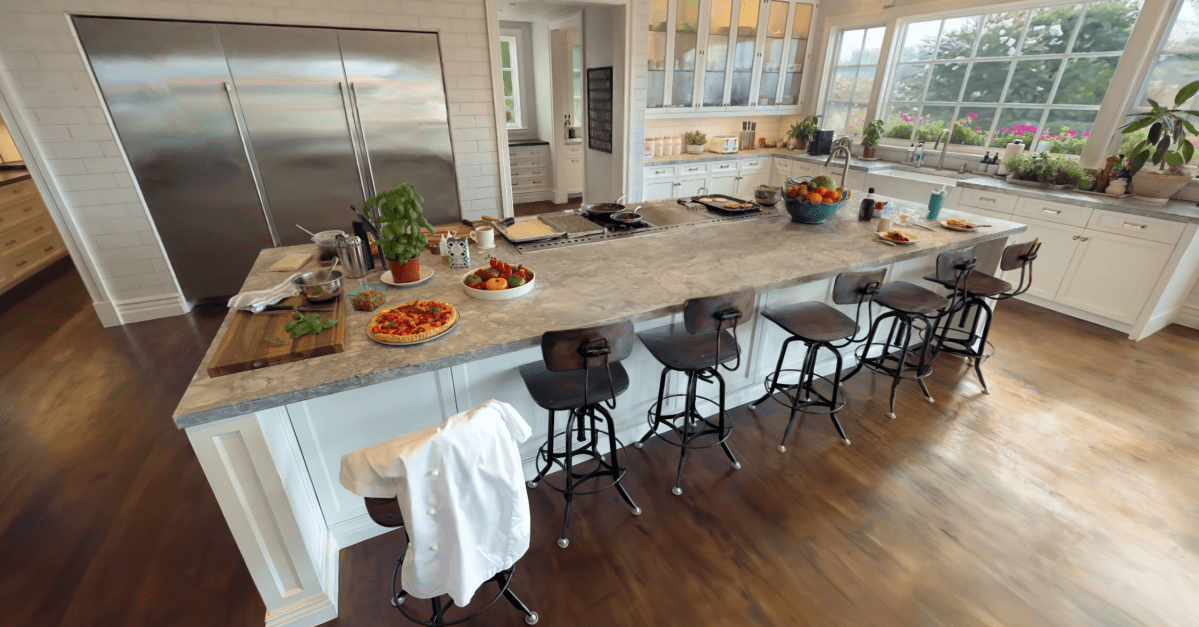Meta Unveils Hyperscape: Quest Headsets Capture Real‑World Spaces for VR

Key Points
- Meta launches Hyperscape, enabling Quest 3/3S headsets to scan real rooms into VR.
- Beta capture app creates photorealistic digital replicas for private viewing.
- Initial rollout limits access to rooms scanned by the user; sharing via private link planned soon.
- Demo at Connect 2024 introduced the concept; expanded showcase at Connect 2025.
- Prescanned rooms, including Gordon Ramsay’s kitchen, demonstrated high visual fidelity.
- Hands‑on demo showed a three‑minute scan process with mesh feedback and cloud processing.
- Full scans upload to the cloud and become viewable after a few hours.
Meta is rolling out a new feature called Hyperscape that lets users capture real‑world rooms with a Quest 3 or Quest 3S headset and turn them into photorealistic VR environments. The beta Hyperscape Capture app creates a digital replica that can be explored privately, with plans to allow shared private links soon. The technology was first demonstrated at Connect 2024 and further showcased at Connect 2025, where prescanned rooms—including a replica of Gordon Ramsay’s home kitchen—were explored. A brief hands‑on demo highlighted a three‑minute scan process and cloud‑based processing before the virtual space becomes viewable.
Introducing Hyperscape
Meta announced a new capability named Hyperscape that enables Quest users to capture a physical space and generate a digital, photorealistic replica for virtual reality. The beta Hyperscape Capture app works with the Quest 3 and Quest 3S headsets, allowing users to scan rooms and create virtual copies that can be explored within the headset.
Initially, the feature lets users visit only the spaces they have scanned themselves. Meta indicated that a private‑link sharing option will be added "soon," expanding the ability to explore scanned environments with others.
Early Demonstrations
The technology was first introduced during a demo at Connect 2024, where Meta highlighted the potential of virtual recreations as a use case for VR and its broader metaverse ambitions. Although Meta’s focus has recently shifted toward AI, the Hyperscape preview suggested a renewed interest in spatial experiences.
At Connect 2025, the company provided a more extensive look at the feature. Attendees toured several prescanned rooms, including a detailed recreation of celebrity chef Gordon Ramsay’s home kitchen. The virtual rooms closely resembled their real‑world counterparts, showcasing details such as food items on a table and a stack of books. The illusion held up well at a typical viewing distance, though it began to break down when users approached objects closely; for example, text on a "paper" New York Times was readable but appeared slightly smudged.
Hands‑On Capture Demo
During a brief hands‑on session, a participant wore a Quest 3 headset and walked around a room while the app generated a mesh overlay on visible objects. After roughly a three‑minute scan, the app prompted the user to move closer to certain items, causing the mesh to disappear and revealing which areas had been captured in higher detail. The demonstration ended before the full scanning process could be completed.
Meta explained that once a full scan is finished, the data is uploaded to the cloud for processing, which takes a few hours before the user can experience the completed virtual replica.
Looking Ahead
Hyperscape represents a step toward more immersive, location‑based VR experiences. By allowing users to digitize their own spaces, Meta aims to broaden the ways people can interact with virtual environments, whether for personal exploration or future shared experiences.